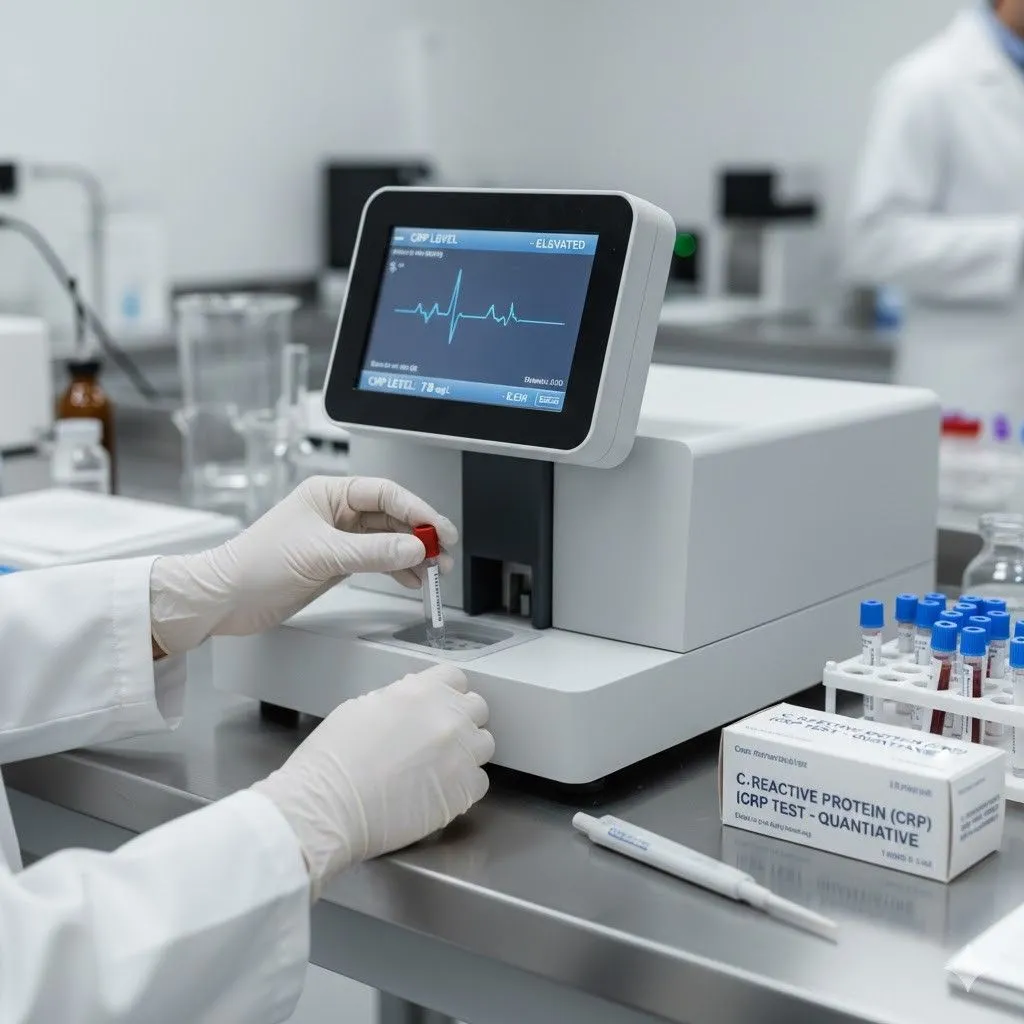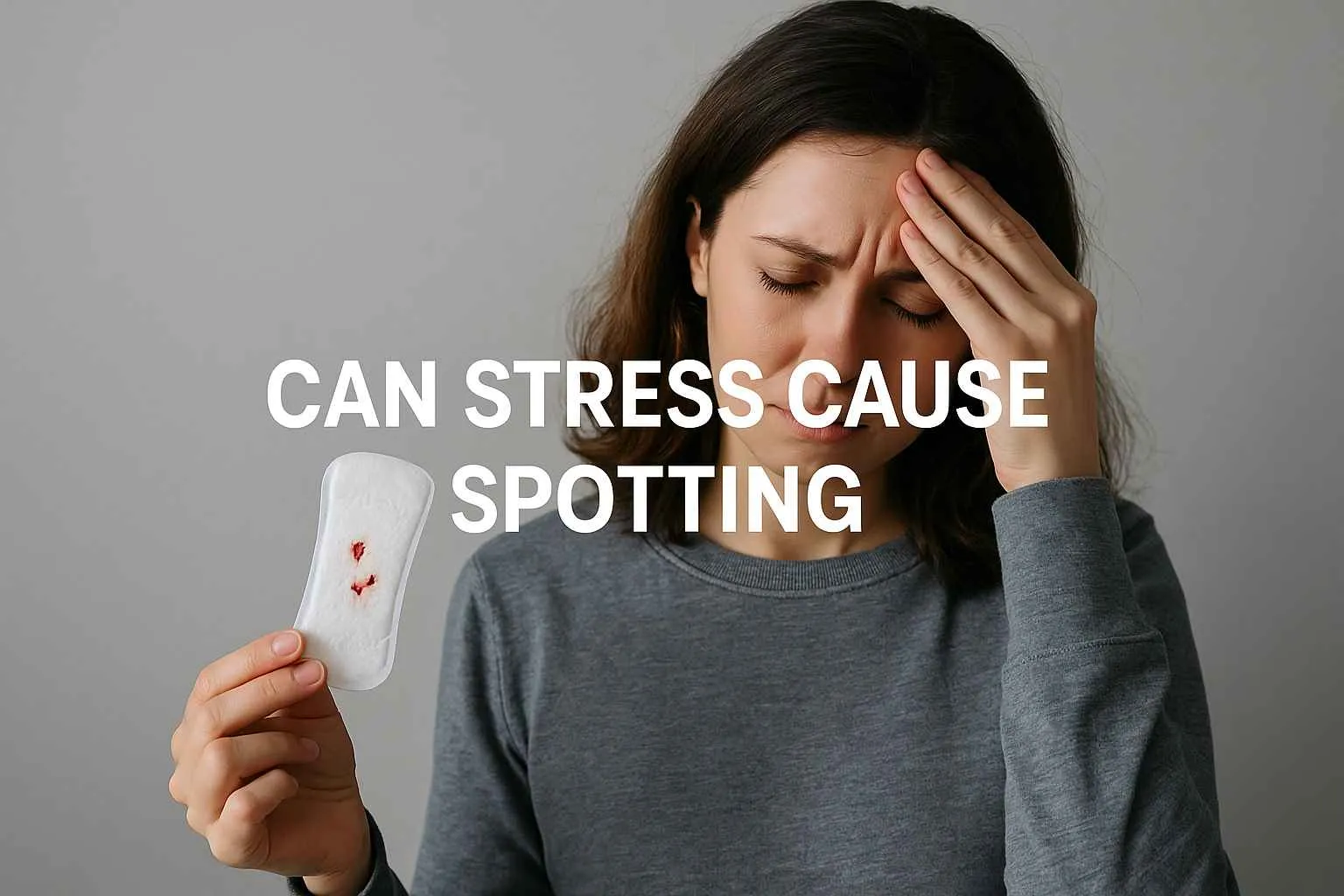Thrush, a common yeast infection, can occur in different body parts. Itching can be its most common symptom. If you are struggling with that frustrating itching, do not worry; relief is possible! This blog will discuss "How to soothe thrush itching?" Let’s get straight into it!
How to Soothe Thrush Itching? 15 Best Effective Remedies
These are some effective ways to relieve thrush itching:
1. Coconut Oil
Due to its anti-inflammatory and antifungal properties, coconut oil can inhibit the growth of yeast called Candida albicans, which causes thrush. It also prevents dryness and moisturizes the skin, preventing the worsening of itching.
How to use:
-
For skin and vaginal thrush itching, apply a small quantity of organic coconut oil to the irritated area.
-
For oral thrush, swish one tablespoon of coconut oil in the mouth for about 10 to 15 minutes and spit it out.
2. Tea Tree Oil
Research reports that due to its antifungal effects, tea tree oil can kill fungi and yeasts like Candida albicans. It damages the Candida's cell membrane and stops its growth.
How to use:
-
Mix tea tree oil in any carrier oil like olive or coconut oil and apply to the affected area.
-
Also, add its few drops to warm water and bathe using it.
-
Make sure to never swallow it or use it internally.
3. Greek Yogurt
The probiotics, like Lactobacillus acidophilus, in Greek yogurt help restore your body's pH balance, which can soothe itching. These good bacteria can overcome the Candida that causes thrush and relieve itching.
How to use:
- Apply yogurt to the affected area.
- Eat unsweetened yogurt to maintain pH balance.
4. Apple Cider Vinegar
Due to its antifungal effect, apple cider vinegar (ACV) can disrupt the fungal (Candida albicans) environment, which lowers the fungus population, alleviating itching. But, avoid overuse as it can lead to skin irritation.
How to use:
-
For oral thrush, make a solution by mixing 1/2 cup of ACV and 1 cup of water. Gargle with it for 15 seconds and then spit it out.
-
For vaginal thrush, add 1 tablespoon of ACV in warm water and soak for 10-15 minutes to clean the affected area.
-
Always dilute the ACV to avoid the risk of irritation and burning.
5. Garlic
A study says that garlic can help get rid of Candida. The compound in garlic called "allicin" has antibiotic and antifungal properties, which help prevent the growth of Candida albicans, relieving itching.
How to use:
-
Eat raw garlic or add it to your recipes.
-
Take garlic supplements orally.
6. Vitamin E
The anti-inflammatory effects of vitamin E help alleviate inflammation, which is a key factor in causing thrush itching. Additionally, it keeps the skin hydrated, which helps prevent dry and itchy skin.
How to use:
-
Apply vitamin E oil to the affected area.
-
However, if you have sensitive or oily skin, mix it with carrier oils like coconut oil.
7. Oregano Oil
Carvacrol and thymol in oregano oil are the two potent antifungals that can effectively interrupt the overgrowth of Candida albicans. This, in turn, helps reduce itching.
How to use:
-
Dilute oregano oil in a carrier oil like coconut oil and apply it to the affected skin.
-
Don't swallow it as it can interrupt nutrient absorption and decrease blood sugar levels
-
Make sure to do a patch test to check for allergic reactions.
8. Boric Acid
By disrupting the life cycle of yeast-like Candida albicans, boric acid can prevent the growth of these yeasts and cause infection. Also, it promotes Th1 and Th17 cytokines production, which are vital immune signals that aid in fighting against infection.
How to use:
-
Apply boric acid to your vagina topically.
-
Place one boric acid suppository in the vagina every night, as recommended by a doctor.
-
Remember that boric acid in excess amounts can be hazardous. Also, avoid using it on broken skin. Besides, pregnant ladies should stay away from boric acid.
9. Hydrogen Peroxide
Being antiseptic, hydrogen peroxide can help destroy yeast and bacteria, causing itching and discomfort associated with thrush. However, avoid its long-term use as it can worsen the condition.
How to use:
-
Dilute hydrogen peroxide with water and then apply it to the affected area.
-
Add it to water and bathe with it.
10. Baking Soda
As baking soda is alkaline, it creates an alkaline environment, which makes it challenging for the yeast to grow as they thrive more in an acidic space. Also, its anti-inflammatory properties help with temporary relief from burning and itching.
How to use:
-
Mix baking soda in warm water and soak for 10-15 minutes
-
Add a half teaspoon of baking soda to warm water, swish it in your mouth, and then spit it.
-
Make a paste by blending baking soda and water, and then apply it to the irritated area.
11. Colloidal Oatmeal Baths
By forming a protective skin barrier, restoring moisture, and preventing inflammation, colloidal oatmeal baths can help get rid of thrush itching. Also, its antioxidant and anti-inflammatory effects aid in reducing inflammation and itching.
How to use:
-
Prepare the bath by filling water in the tub.
-
Add colloidal oatmeal to the water as per the instructions on the packaging.
-
Soak in it for 10-15 minutes.
-
Pat your skin dry using a soft towel. Do not rub harshly.
-
Apply a moisturizer to maintain hydration.
12. Raw Honey
The anti-inflammatory and antifungal properties of raw honey help reduce inflammation associated with thrush, which leads to itching. In addition, its probiotic and prebiotic effects restore the balance of good bacteria in the vaginal area, which reduces yeast overgrowth and itching risks.
How to use:
-
Apply raw honey directly to the affected area.
-
Mix honey and yogurt and apply it to the affected area.
-
Dilute it in lukewarm water and use it as a sitz bath or a vaginal wash.
13. Probiotic Supplements & Suppositories
Probiotic supplements may help in restoring the bacteria-yeast balance in your body. Consider Lactobacillus rhamnosus, one of the best Probiotics for yeast that can aid in overcoming Candida. Besides, individuals may improve their digestive health with probiotic suppositories.
How to use:
-
Take an oral probiotic supplement daily as instructed on the label or directed by your doctor.
-
Insert suppositories in the vagina, before bedtime.
14. Antifungal Creams
Antifungal treatment for thrush can help target and kill Candida yeast directly. They work by interrupting the cell membrane of the yeast, which destroys it and relieves symptoms such as itching and irritation. The antifungal creams include Clotrimazole, Tioconazole, and Miconazole.
How to use:
-
Wash the affected area and then apply a thin layer of the cream.
-
Apply it 2-3 times a day as directed on the product's label or by your doctor.
15. Antihistamines
Antihistamines block histamines that trigger allergic reactions & itching. It prevents the binding of histamines to the cells, which reduces their effects and relieves itching. Examples of over-the-counter antihistamines include Benadryl, Allegra, Claritin, and Zyrtec.
How to use:
-
Take 1 tablet daily.
What Causes Thrush?
Well, the overgrowth of a fungus called "Candida albicans" causes thrush. The following factors allow this fungus to grow and cause thrush and itching:
-
Weak Immune System: Stress, illness, and some medications can weaken immunity and allow Candida to grow.
-
Antibiotics: Disrupt the balance of bacteria in the entire body, allowing fungus to thrive.
-
Diabetes: High blood sugar levels can fuel the growth of Candida.
-
Medications: Corticosteroids can make the immune system weak or affect the body's balance of microorganisms, which raises thrush risk.
-
Hormonal Fluctuations: Hormonal changes during pregnancy and when taking hormone replacement treatment can also lead to the risk of thrush.
-
Poor Hygiene: Improper oral or vaginal hygiene habits can build an environment that is favorable for the growth of Candida.
Tips to Prevent Thrush Itching
Consider these measures to prevent the risk of thrush itching:
-
Wear breathable underwear: Cotton-made underwear helps keep the area dry and cool.
-
Avoid scented products: These products can disturb the pH balance of the body and cause itching.
-
Take probiotics: Eating probiotic-rich foods or supplements can aid in maintaining a healthy vaginal and gut microbiome.
-
Limit sugar intake: Excessive use of sugary foods or drinks can lead to the growth of yeast, as they feed on sugar.
-
Stay dry: Change the wet clothes quickly after swimming or working out to avoid trapping excess moisture, which causes itching.
-
Practice good hygiene: Take a bath daily and avoid scented products or douches to wash your vagina. Do not overwash your vagina as it can disrupt pH balance.
-
Use antibiotics only when needed: Excessive use of antibiotics can lead to disruption of the body’s natural pH balance.
-
Boost the immune system: Eating well-balanced food, managing stress, exercising properly, and getting quality sleep can help strengthen immunity.
When to See a Doctor?
If home remedies do not work and the thrush itching worsens or recurs, consult a doctor. It is crucial to visit the healthcare providers if you are pregnant or have a weak immune system. They can help with proper diagnosis and effective treatment, like antifungal medications and hydrocortisone creams.
Summing Up
How to soothe thrush itching? Coconut oil, oregano oil, tea tree oil, Greek yogurt, apple cider vinegar, boric acid, medications like antihistamines and antifungal creams, etc., can help get rid of thrush itching. If these remedies don’t show any improvements or itching persists or becomes worse, visit a doctor for effective treatment.
Also Read: Penile yeast infection: symptoms, causes, and treatments.
Frequently Asked Questions
What relieves thrush itching fast?
Cold yogurt, anti-fungal oils like coconut or tea tree oil, and oral probiotics can provide quick relief.
How do you calm thrush at night?
Applying a cool yogurt compress, rinsing with diluted apple cider vinegar, or taking oral anti-fungal supplements before bed can help.
Does Vaseline soothe thrush?
No, Vaseline traps moisture and doesn't treat the underlying fungal infection, so it's not recommended for thrush relief.
Does scratching thrush make it worse?
Yes, scratching can damage skin and spread the fungal infection, making thrush itching and irritation much worse.

Reviewed by







